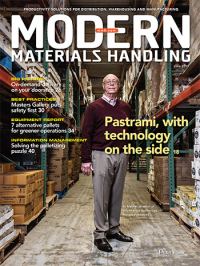The new, digital face of systems maintenance
Using artificial intelligence, the Internet of Things and predictive analytics, several advanced platforms are integrating maintenance with workflow to everyone’s benefit.
*Overheard at a supply chain technology conference earlier this year*
“It’s really interesting to hear all about artificial intelligence, the Internet of Things and predictive analytics. But let’s face it. All of this is very futuristic. We’re still years away from any of it actually being used in a warehouse or distribution center. My company is certainly nowhere near jumping into this anytime soon. Actually, there’s little need for any of us to rush into it all.”
Fast forward to today. All three of those advanced technologies are already being used in facilities. And, they aren’t one-offs. Perhaps just as notable, all three are key to current platforms that reduce maintenance interruptions to operations.
“Speed. Speed. Speed. No errors. No downtime. That’s what drives operations today,” explains Paul Berna, director of proactive services at Dematic.
Or as his colleague Amadou Diaw explains, “With today’s intelligent systems, we aren’t just monitoring machines for maintenance issues, but for overall operational efficiency as well.” Diaw, director of IoT sales at Dematic, goes on to explain that the industry is now at a point where it is deploying transformational digital services that improve both maintenance and operations using artificial intelligence (AI), Internet of Things (IoT) and predictive analytics.
That wasn’t the case just a short time ago. However, recent discussions with Dematic as well as Knapp, Swisslog, Daifuku Wynwright, MHS and Honeywell make it crystal clear that the future of materials handling system maintenance platforms is here today. All of these suppliers offer these platforms, some to the point of making them an integral part of every new system being built and installed today.
And, they are already being recognized for their ground-breaking capabilities.
In April at ProMat 2019, Knapp’s redPilot platform received the best IT Innovation Award from MHI, the show’s sponsor and industry trade association.
“In the next two years, look for a major growth spurt in these platforms as interest among end users ramps up,” says Suhas Hajgude, director of product management at MHS.
Why new technologies are important
The story here is quite simply about data. How do you collect it, analyze it and turn it into actionable information that results in decisions that continuously improve your operations.
Let’s start with IoT. “You want an IoT connection to every machine in a materials handling system,” explains Tim Eick, head of competency centers at Swisslog. Sensors collect data including a motor’s speed and vibrations as well as other operational parameters. These sensors are the front line of these data management platforms.
Once the data is collected and transferred to the platform over the IoT, the analytics portion begins. As Randy Marble, vice president of software strategy at Daifuku Wynwright explains, historical data combined with fresh data are the basis for all analysis.
Predictive analytics is where it is all headed. The idea is to replace preventive maintenance with predictive maintenance. Instead of maintaining a motor every two months (preventive), predictive analytics identifies a specific motor or component when it specifically needs attention. Only parts that need maintenance receive it. Otherwise, the component is allowed to run.
It’s worth noting that predictive analytics takes time to build that database needed to identify when something needs maintenance. As a result, says Marble, predictive analytics is the least pervasive of the latest maintenance technologies. However, it is a matter of time before it catches up.
According to Eric Rice of Honeywell Intelligrated, only 20% of industry uses IoT today. As principal product marketing manager for the connected DC at Honeywell, Rice expects IoT use to double in the next two years and be at an 80% use level within five years.

Laser photo eyes collect package dimensions as part of the Internet of Things.
Artificial intelligence is where these platforms get fancy. And, that’s in a good way. AI eliminates people from making decisions. It also makes lakes of data manageable. Using data from the sensors and IoT along with the predictive analytics engine, AI uses machine learning to continuously improve the decisions made to improve operations and optimize maintenance. Better yet, AI does this on the fly.
Similar to IoT, suppliers have high expectations for the growth of AI in industrial facilities in general. Hajgude of MHS fully expects AI to be used at more than 70% of facilities in five years.
All of this advanced technology is great. “But don’t get too caught up in any of the technology,” says Eick. “Instead, focus on what it’s doing. What is the business value and impact on processes? You want any of this technology to make processes, better, faster, cheaper.”
At this point, these platforms bring operations and maintenance much closer together. “They integrate resource scheduling, capacity, labor and throughput to streamline daily operations. At the same time, they minimize the impact of maintenance on those process parameters,” says Kevin Reader, director of marketing and business development at Knapp.
“All of this puts maintenance in a different realm,” explains Eick of Swisslog.
Or as Reader says, it takes maintenance out of its traditional silo and integrates it with operations, where it belongs.
Beyond too much data
Most companies are awash in data. They collect far more than they know how to use. That’s not an unfair assessment from a distance, it’s a harsh reality of data management today.
As Rice explains, it is not uncommon for companies to use spreadsheets to manage operational or maintenance data. Nothing is in real time. “Unfortunately, with stale data, you can’t see what’s really going on. I know of companies that have double-digit error rates but don’t realize it because the data is not visible or actionable right then,” says Rice.
Or as Berna of Dematic says, “too many companies have too much data and are ignoring much of it. That is hurting productivity, throughput and uptime, to name three key measures.”
That’s where the current crop of intelligent platforms comes into the picture. As a genre of products, they are built to use IoT, AI and predictive analytics to collect data and turn it into actionable intelligence. Furthermore, these platforms provide visibility across systems, across facilities and even across enterprises.
In short, they collect much more data than previous options. They also analyze all of that data and develop actionable decisions able to continuously improve operations.
Clearly, that has great appeal to operations people. But additional benefits of the platforms appeal to the C-suite, too, says Diaw of Dematic. They like the improved visibility that can delay or cancel capital expenditures and reduce total cost of ownership of materials handling systems. Improved visibility is also a window to being first to market. Every one of those points is a hot button in the C-suite.
The power of digitizing maintenance
There is one other great advantage to these platforms, explains Reader of Knapp. By integrating operations and maintenance, a previously unprecedented opportunity to reduce P&L operating costs for facilities emerges. That’s possible, he says, by increasing system uptime by reducing downtime due to more intelligent maintenance decisions.
For instance, predictive analytics identifies a maintenance issue. However, working on that conveyor now would result in missing the day’s shipment goals. That’s where AI comes in. It can determine alternative workflows that can meet the day’s goals even though the conveyor is out of service for maintenance.
These platforms also can schedule maintenance at the least disruptive times. Better yet, its predictive nature allows the repairs to be made prior to a breakdown.
 Some of these platforms also improve workforce management. Opportunities here range from re-positioning people and managing labor team size based on workflow and maintenance requirements.
Some of these platforms also improve workforce management. Opportunities here range from re-positioning people and managing labor team size based on workflow and maintenance requirements.
“The digitization of maintenance gives the function new meaning and allows it to make a much broader contribution to the operation of the facility,” says Eick.
Just as the platforms themselves differ, so do the options for running them.
One option is to run the system internally or even in the Cloud across several locations. In this case, the user is usually the one managing the platform, not a supplier. That puts the onus on the user but overcomes objections to sharing a company’s data with a supplier. It also minimizes certain concerns about cybersecurity of the data.
Another option is to have the supplier manage the platform. This means the supplier is running the system and often making the call as to how to respond to workflow and maintenance issues. Typically, the supplier is better versed than the user in managing these platforms, at least at this point in time. However, this option requires the user to share internal data with a supplier and creates its own cybersecurity concerns.
Clearly, these digitized platforms put a new face on maintenance. To begin, these platforms digitize maintenance data, no small accomplishment. But they also integrate maintenance with workflow rather than treating the two as distant cousins.
These digitized platforms also change the relationship between suppliers and users, say many of the suppliers. They agree that just as they integrate workflows and maintenance these platforms also more closely align suppliers and users in day-to-day operations. That’s a long way from the purely transactional relationship of the past.
No matter how they are viewed, these platforms, one with as many as 50 users, are transforming not just how maintenance gets done, but how it delivers a bigger bang to the operations. At this point, there’s no going back.
Companies mentioned in this article
Maintenance, Repair and Operations Products and Accessories
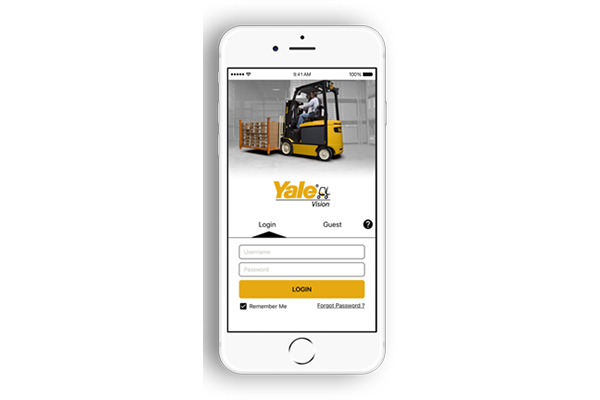 Yale Vision telemetry solution
Yale Vision telemetry solution
Access lift truck data with telemetry mobile app.
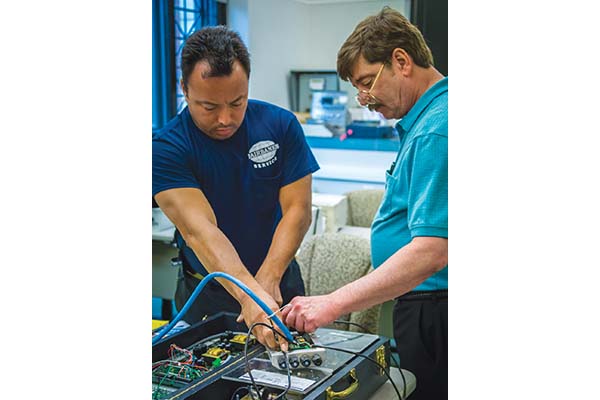 Guardian Service Plans
Guardian Service Plans
Service maintains vehicle scales to prevent downtime.
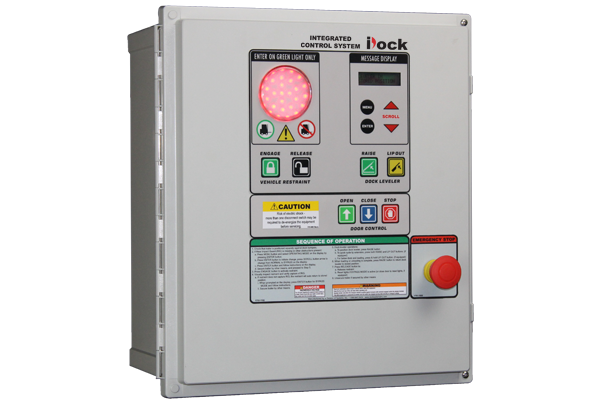 iDock™ Controls for Loading Docks
iDock™ Controls for Loading Docks
Loading dock levelers can be equipped with controls.
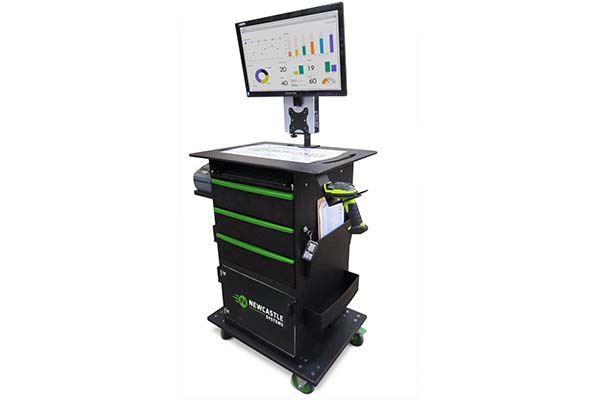 QC1010 Mobile powered workstation
QC1010 Mobile powered workstation
Use mobile powered workstation in maintenance applications.
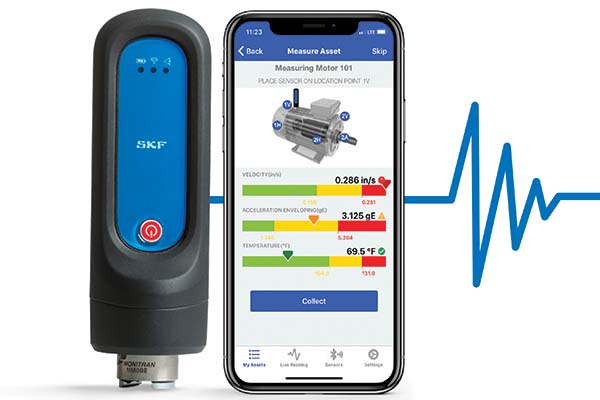 SKF Pulse portable sensor and mobile app
SKF Pulse portable sensor and mobile app
Portable sensor and intuitive mobile app simplify machine monitoring.
 Solumina software
Solumina software
Reduce cost of ownership with Cloud-ready digital manufacturing.

Article Topics
MRO News & Resources
Avidbots showcases autonomous cleaning robots Traka exhibits modular lockers MRO Survey: Finding and keeping the best technicians Maintenance, Repair and Operations: Understanding the true condition of the equipment Newly formed Bison combines AMETEK DFS and Bison Gear and Engineering Corp. Building (and maintaining) your maintenance, repair and operations (MRO) tech workforce The power side of lift truck battery and charger maintenance More MROLatest in Materials Handling
Registration open for Pack Expo International 2024 Walmart chooses Swisslog AS/RS and software for third milk processing facility NetLogistik partners with Vuzix subsidiary Moviynt to offer mobility solutions for warehouses Materials Handling Robotics: The new world of heterogeneous robotic integration BSLBATT is looking for new distributors and resellers worldwide Lucas Watson appointed CSO for Körber’s Parcel Logistics business in North America Hyster recognizes Dealers of Distinction for 2023 More Materials HandlingSubscribe to Materials Handling Magazine

Find out what the world's most innovative companies are doing to improve productivity in their plants and distribution centers.
Start your FREE subscription today.
April 2024 Modern Materials Handling

Latest Resources



